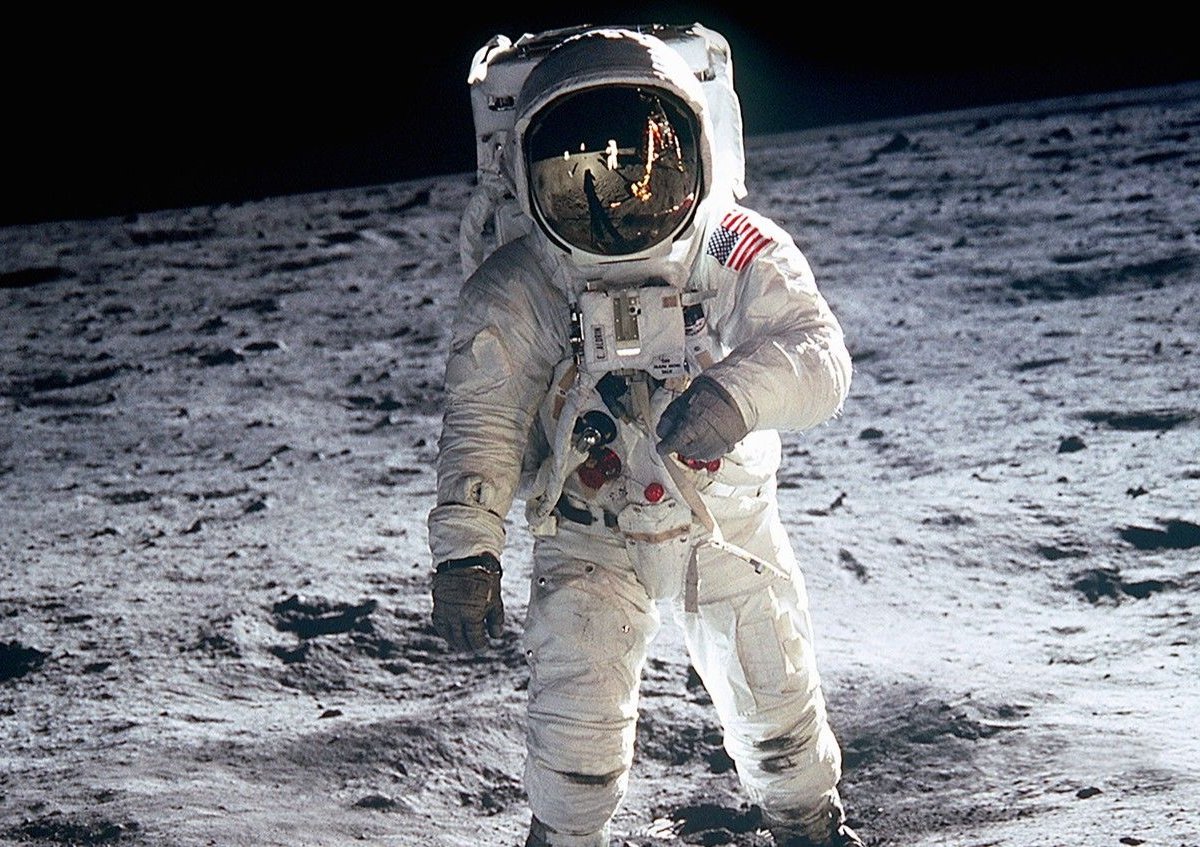during the space race The United States and the Soviet Union were the two major space powers He has enough technology and scientific knowledge to send people into space.
Although the Soviet Union pioneered some important milestones in space exploration, such as the launch of the first satellite, the sending of the first living creature, and the sending of the first human into space, the United States, which took humans into space in 1969, won. This happened on the Apollo 11 mission, when astronauts Neil Armstrong and Buzz Aldrin stepped onto the lunar surface for the first time.
This achievement symbolized America’s leadership in the space race and was a major turning point during the Cold War; However, this was not the only factor that determined the outcome of this silent conflict between the two superpowers.
Following the end of the space race, marked by humanity’s arrival on the Moon in 1969, some other countries began to understand the importance of space exploration to achieve greater national sovereignty. Later, Besides the United States and Russia, what other countries are considered the space powers of the 21st century?
“Space exploration today is very different from the space race between the United States and the Soviet Union in the 1960s. This means that the new space race is not between a few countries, but between multiple participants, especially among fast-growing economies.” It is described in a publication of the encyclopedia Britannica.
Space powers of the 21st century
Besides the United States and Russia, Europe, Canada, China, India and Japan have also carried out many space missions in recent years. However, not all of these countries plan to send manned spacecraft to the Moon.
In the first space race, US capitalism tried to rival the communism of the Soviet Union; This time the motivation is more linked to economic opportunities.
Although these are the countries most involved in space programs, More than 80 countries are currently participating in missions that involve the space environment in some way. Many of these nations realize they cannot compete with the three heroes of the future of space exploration.
The three greatest space powers of the 21st century:
- United States;
- Chinese;
- Russia.
If we look specifically at the race to return to the Moon, the number of participating nations is decreasing significantly. Currently, the United States and China are leading efforts to launch manned missions to the natural satellite, aiming to establish bases and conduct further research on the resources and opportunities the Moon may offer.
While NASA plans to return to the Moon with the Artemis III mission in 2027, China plans to send a manned spacecraft by 2030.
New space race
The new space race is not limited to overcoming technological barriers and reaching space, as it was during the Cold War. today it It involves conflict over resources, territories, and geopolitical power itself, encompassing anything that extends beyond the Earth’s atmosphere.
An important factor in the operation of this new dynamic was the decline in launch costs due to the reuse of rockets and the miniaturization of satellites. CubeSats, for example, are small cube-shaped satellites that weigh about 1.3 kilograms and have a volume of one liter; They can be easily launched into space.
The discovery of rare metals and water on the Moon was a crucial factor in the return to a natural satellite; In order to deepen satellite-related studies.
It was also found that some areas of the lunar surface contain significant amounts of helium-3, a rare and extremely scarce isotope on Earth. Helium-3 is particularly promising because it can be used to produce clean energy through nuclear fusion reactions.
Since there are no clear rules defining which country or entity has the right to reach the Moon, this new space race could be decisive in determining which nation or alliance will establish the “guidelines” to control access to lunar bases or, who knows, even the Moon. To regulate helium-3 mining.
The search for Helium-3 must take place in a less tense climate than the space race between the United States and Russia during the Cold War. However, current geopolitical tensions may still play a role in lunar exploration.
Did you like the content? Stay up to date with more topics about the new space race on TecMundo. Take the opportunity to understand how Russia and China plan to build nuclear reactors on the Moon. See you later!
Source: Tec Mundo
I’m Blaine Morgan, an experienced journalist and writer with over 8 years of experience in the tech industry. My expertise lies in writing about technology news and trends, covering everything from cutting-edge gadgets to emerging software developments. I’ve written for several leading publications including Gadget Onus where I am an author.













